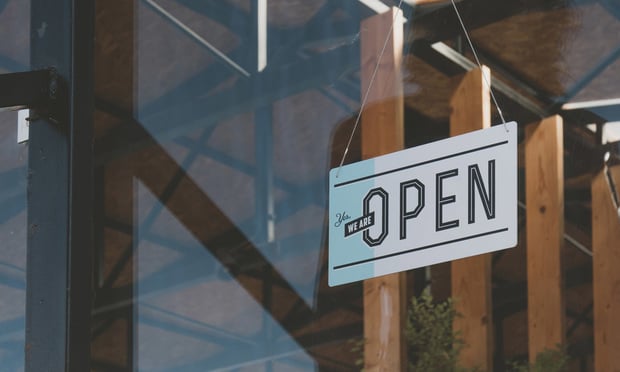By Peter Rousmaniere with Stacy Burnsed and Matt Longman. Reproduced from Work Safe: An Employer's Guide to Safety and Health in a Diversified Workforce. Permission granted by the copyright holder, Concentra Operating Corporation, on behalf of Concentra and Broadspire, project sponsors.(c) 2013 Concentra.
No one has to tell you, protecting your culturally diverse workforce from injury is a big responsibility. When it comes to on-the-job safety the challenges are many, the issues complex. As an American employer, what are you legally required to do? What are the most effective ways to train a diverse workforce in safety practices?
How do you deal with language barriers? How do you avoid cultural miscues? How do you get all your workers to make reducing the risk of injury a top priority?
The good news is, you have a lot of resources on your side, starting with innovative employers across regions and industries. Safety and medical professionals are spreading the word about smart practices within their professional communities. OSHA (Occupational Safety and Health Administration) has funded many projects to develop specialized safety training resources, drawing upon labor organizations and research centers. If you search for them, know-how on work safety, medical care of injured workers, and best translation and interpreting practices are out there.
Safety First. Recovery Fast
But here's the thing. We know you want to do everything you can to maximize worker safety and injury recovery for employees with language and cultural barriers that may increase the risk of injury and complicate medical care. But we also know you don't have endless hours to devote to this issue. So that's where we come in. We've created this guide as a handy, one-stop resource of information, answers, ideas, and the most effective training methods for minimizing the risk of worker injury on the job. We highlight how to find expertise you need. We point out regulations, both in place and emerging. In addition, the back of this guidebook offers an industry-specific directory of online safety training materials designed for foreign-born workers.
Whether your personal realm is in human resources, safety, medicine, insurance, public service law, or elsewhere, regardless of where you live in the United States, let this guidebook be your go-to resource. Our goal, just like yours, is to keep all workers injury free, and safely back to work after an injury. We sincerely hope this fast, easy-to-follow booklet serves as both a time-saver and, most importantly, a life-saver for you and your valued employees.
As a group, these workers are at greater risk of work injury than U.S.-born workers, even if they are working the same jobs. Here's why:
- Limited experience
- Language communication barriers
- Less formal education
- Cultural differences
When employers and employees don't speak the same language, the need for customized safety training is obvious, but keep this in mind: Even foreign-born workers who seem fluent in English may also be at higher risk and require specialized training. Here's why:
- The worker's frame of reference for safety expectations may differ from that of comparable U.S.-born workers. The worker's country of origin may not inculcate in its workers an expectation that safety is a high priority, and that the worker can legally demand a safe workplace.
- He or she may be unaware that in the United States employers and safety professionals are required by law to comply with many government safety requirements.
- Regardless of the level of spoken English proficiency, the worker may have very limited capacity to read English and to complete written tests at the conclusion of training sessions. A frequent glitch in training programs is that the tests are in writing, and may not have been converted to oral tests.
Given these realities, it pays to beef up safety training and injury response methods that are known to work well in diverse workforces. Throughout this guide you will find information and advice to best customize your safety training, injury response, and medical care to manage cultural and language diversity.
Make sure all your employees, including those most at risk, remain as injury-free as possible on the job, and are medically treated to return to work safely and quickly.
Want to continue reading?
Become a Free PropertyCasualty360 Digital Reader
Your access to unlimited PropertyCasualty360 content isn’t changing.
Once you are an ALM digital member, you’ll receive:
- Breaking insurance news and analysis, on-site and via our newsletters and custom alerts
- Weekly Insurance Speak podcast featuring exclusive interviews with industry leaders
- Educational webcasts, white papers, and ebooks from industry thought leaders
- Critical converage of the employee benefits and financial advisory markets on our other ALM sites, BenefitsPRO and ThinkAdvisor
Already have an account? Sign In Now
© 2024 ALM Global, LLC, All Rights Reserved. Request academic re-use from www.copyright.com. All other uses, submit a request to [email protected]. For more information visit Asset & Logo Licensing.








